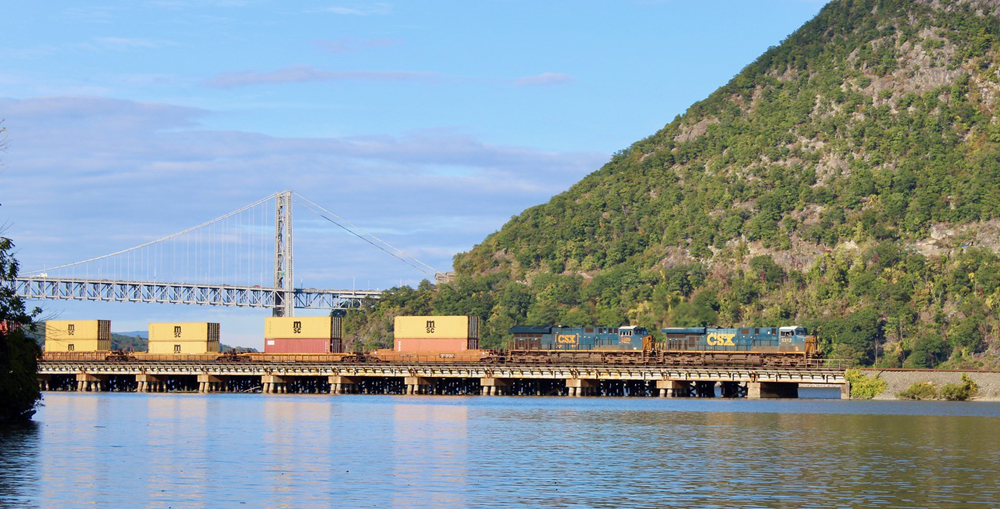
NEW YORK — Norfolk Southern and CSX Transportation executives say their railroads are slowly on the mend as more conductors begin active duty and start to ease the crew shortages that have caused widespread service problems.
Neither railroad has been able to handle freight demand and both have lost traffic to trucks as on-time performance has faltered.
But NS CEO Alan Shaw says service improvements over the past month have prompted some carload shippers to divert loads back to rail. “They’re talking to us about transitioning more business back to Norfolk Southern,” he says.
NS now has 260 more conductors on duty than it did in May and has more than 800 in training classes.
The new hires have helped improve operations. “Our train speed is at levels we haven’t seen in over a year, and our terminal dwell is now at the best levels it’s been at this entire year,” Shaw told an investor conference this week.

Shaw emphasized that while he’s encouraged by the railroad’s progress, NS’s service is nowhere near where it needs to be. A return to 2019 operational performance, he says, likely won’t come until late this year or early next year.
The railroad’s new operating plan, TOP | SPG, “is about optimizing our most precious resource, which is crews,” Shaw says. Since the railroad began to roll out the new plan in June, the number of unplanned recrews has fallen substantially, he notes.
Shaw credits the operational improvements to the railroad’s focus on hiring, the new operating plan, and new operating department leadership.
NS reactivated idled humps at its classification yards in Macon, Ga., and Bellevue, Ohio, as part of TOP | SPG. When there’s enough traffic density, using humps to classify traffic is more efficient than flat-switching and can help ease congestion, Shaw says. Cars are spending 18% less time at Macon now than they did prior to the resumption of hump operations, he notes.

Kevin Boone, CSX’s executive vice president of sales and marketing, says conductor training classes are “bursting and the seams,” with a record number of people in the railroad’s Atlanta training center.
CSX’s crew availability problems have shifted. Six to nine months ago, the South was the hardest hit area, but now the Midwest and Northeast are the hot spots. Hiring has helped in the South, Boone says, and the railroad expects northern areas to improve after Labor Day due to a combination of hiring and fewer workers taking vacations.
CSX’s intermodal traffic is running well, Boone says, but merchandise and bulk operations remain challenged. “There’s no question we’re not where we want to be from a service level,” Boone told the investor conference.
Once the railroad’s staffing levels are back to full strength, CSX expects to be able to gain new intermodal and merchandise volume, Boone says. “I think we are on the cusp of that,” he adds.
There are strong opportunities to convert freight from truck to rail, partly due to high diesel fuel prices that have a larger impact on truckers than railroads. “We truly believe there’s a big opportunity out there, almost across every market,” Boone says.
Both railroads say that factors outside their control — from a lack of chassis for international containers to slow and unreliable interchanges with the western railroads — are hampering their service.
Last week NS delivered 63% of its carload traffic within 24 hours of the original estimated time of arrival, up from 52% in May, according to the latest data reported to the Surface Transportation Board. Intermodal traffic is running 96% on time.
CSX, meanwhile, reported that 70% of its merchandise traffic was delivered within 24 hours of when promised, up from 66% in May. CSX reported that 99% of its intermodal trains were on time.
Shaw and Boone spoke at the Deutsche Bank 2022 Transportation Conference.






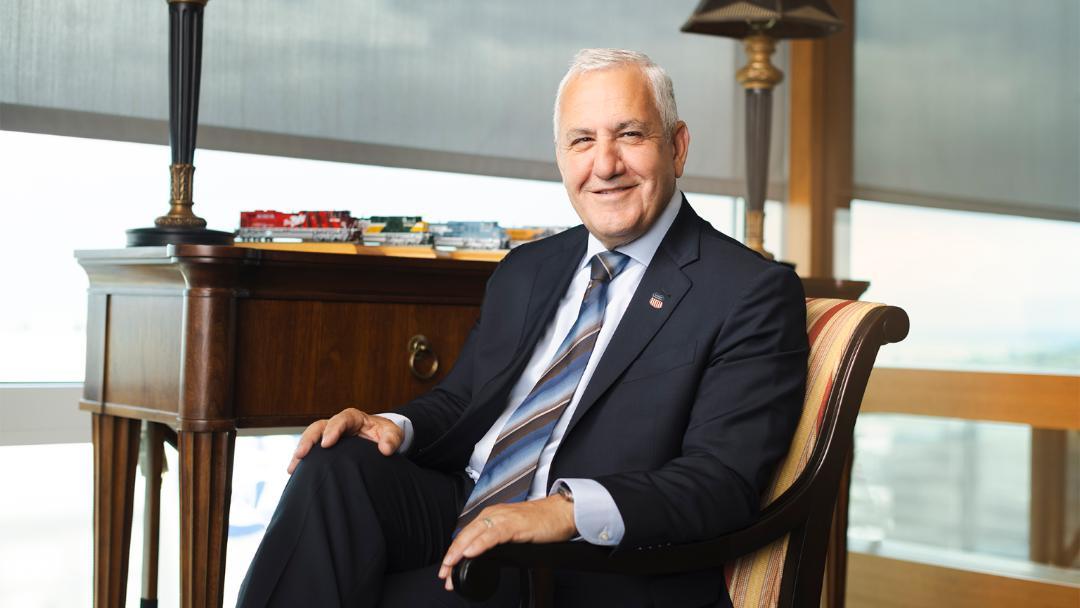
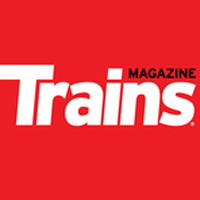
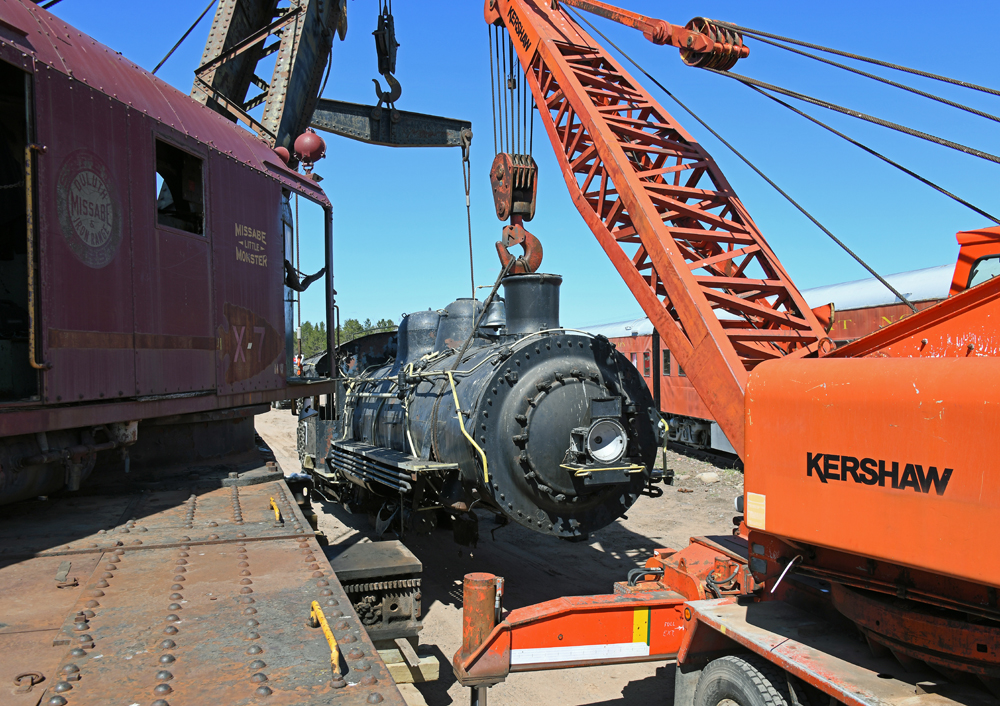
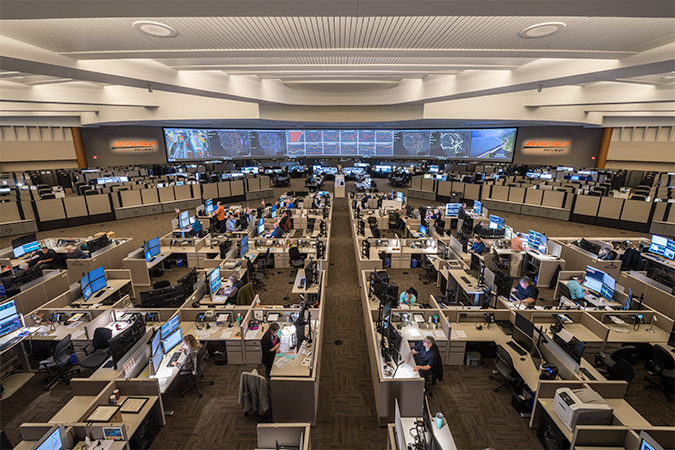




This article is such bogus propaganda, made me sick. NS is mismanaging crews all day every day, hell I’m dead in a cab right now and we didn’t make it on a van train. Oooo we added a whole 260 conductors system wide, meanwhile about 261 quit. What a joke.
Hmmmm. “New operating department leadership”? Could the well-traveled Cindy be on the way to the farm?
Delivering carload freight within 24 hours if it’s scheduled delivery time. Not a very impressive goal to shoot for.
Completely agree. Lets see some data on within 2 hours. That would be much closeer to Precission Scheduled Railroading for the shippers. Side huge bennefit the RR could also then schedule your operating crews!!!
As they say, any one event among the multiple events to move a carload is in multiples of 24 hours.
Let’s face it guys, PSR Railroading — “Precision” — is about precisely moving the train, not moving someone shipper’s carload. When/ if a given carload is delivered, that’s an incidental benefit.